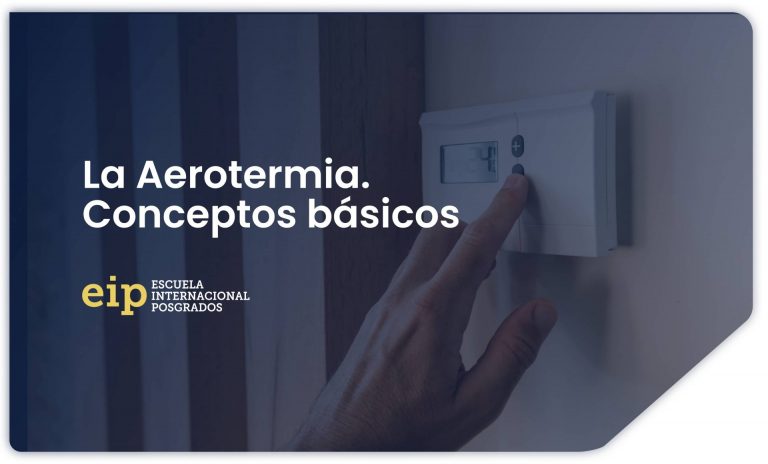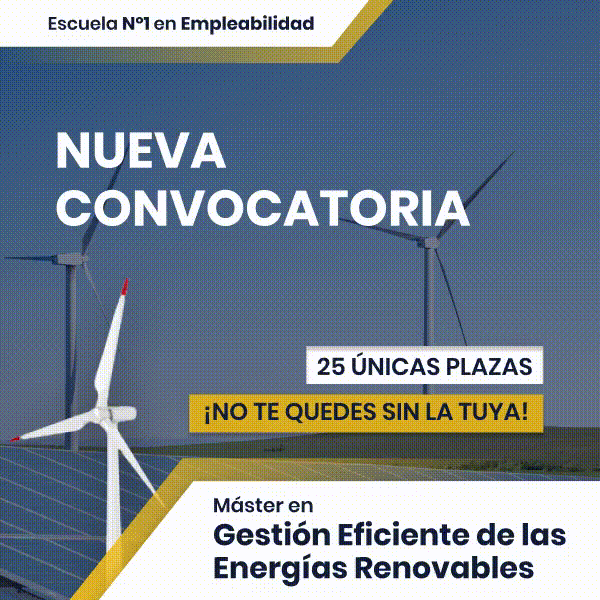What is aerothermal energy?
The aerothermal It's that one air-conditioning system which allows, through heat exchange, to obtain energy from the air to convert it into heating, cooling or hot water using a single piece of equipment.
Aerothermal installations can replace traditional combustion boilers and old electric heating systems. Its use can provide hot water for the bathroom and kitchen, heating throughout the house for the winter, and air conditioning for the summer.
Its operation is based on the use of heat pump.
heat pump
A heat pump is a device whose operation is based on the thermodynamics. Consists in transport energy in the form of heat from one environment to another.
This process is generated through the change of state of a refrigerant fluid that, when it goes from liquid to gas, absorbs heat to change state, therefore, it cools, and when the transformation is from gas to liquid, it gives up heat to air or water, therefore Therefore, it warms up.
For this process, it requires a compressor that varies its pressures throughout the circuit, thus modifying its evaporation and condensation temperatures.
The heat pump has the ability to extract and capture energy from external sources. This characteristic makes it a device that manages to add the heat absorbed in the evaporator to the electric power of driving the compressor, thus transporting this useful heat to the condenser, thus delivering between 4 and 5 times the power consumed to the medium to be heated.
The aerothermal system collects approximately 70% of its energy from the outside air and only consumes 20-30% of the house's electricity. Because of this, aerothermal energy is considered a type of renewable energy. (The European Directive 2009/28/EC considers this as long as the heat pump exceeds a minimum COP that depends on the application, climatic zone and distribution temperature).
How does aerothermal work?
Its operation consists of 4 steps:
1. Heat is transferred through a heat transfer fluid, called refrigerant, which is at a lower temperature than the heat source (outside air). We pass the external air through the first heat exchanger (the evaporator) and the refrigerant liquid absorbs the heat.
2. The vapor passes to the compressor and is compressed. As it is compressed, the pressure increases and the temperature of the steam rises, concentrating all the heat.
3. The high-pressure steam passes through the second heat exchanger (the condenser) where the heat is absorbed by the secondary water, the high-pressure steam changes to the liquid phase. The water heated by the heat pump is channeled through underfloor heating or radiators.
4. In the last step of the process, the refrigerant fluid, now in liquid state, is passed through the expansion valve to obtain the fluid again in its initial conditions, that is, at low pressure and low temperature. In this way you can start the process again.

































